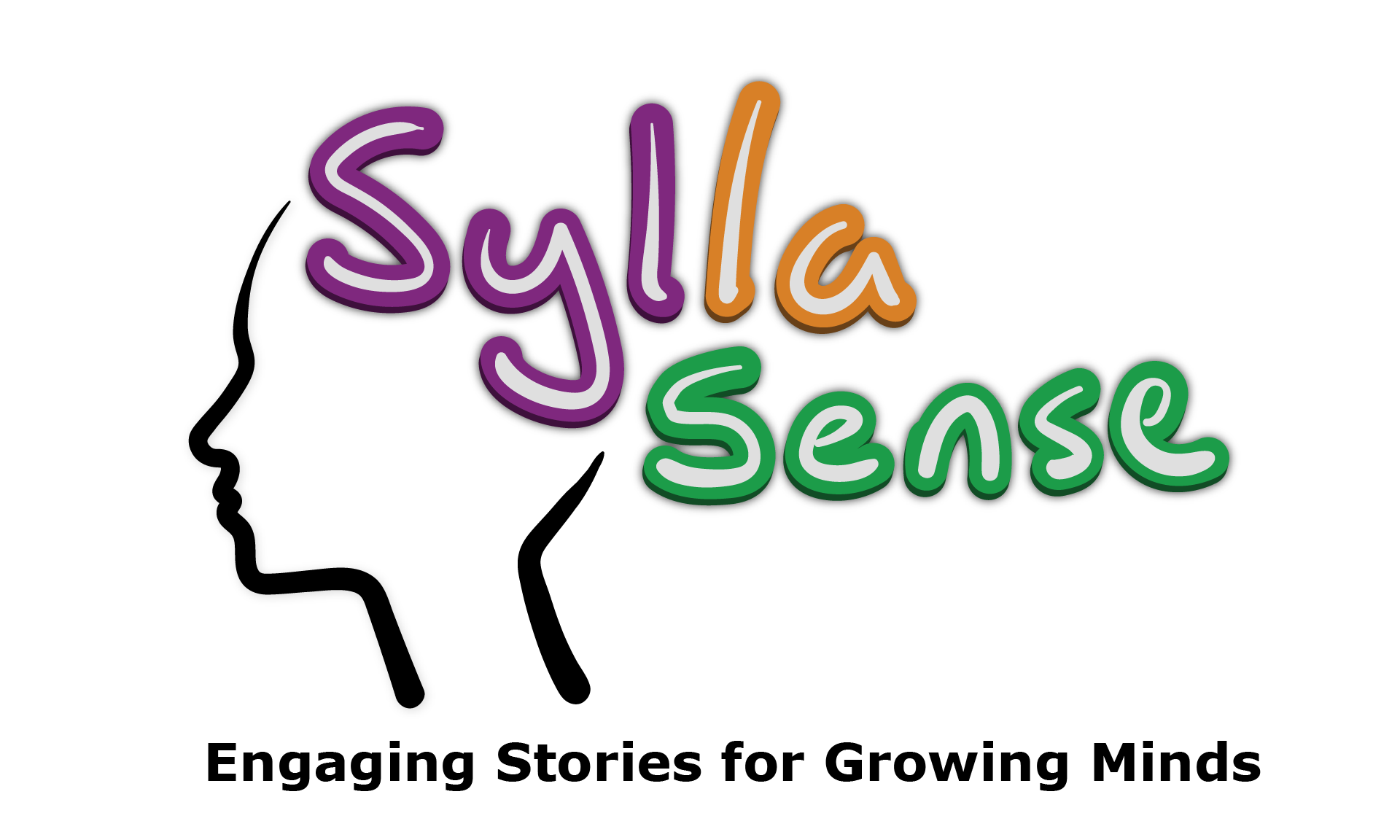The Insect Hunt - Tip Sheet

- IT IS ESSENTIAL TO PRE-TEACH THE CONCEPTS INTRODUCED IN EACH BOOK PRIOR TO READING! -
|
The Insect Hunt - Teacher Tip Sheet Purple Series - Book 3 - The Insect Hunt |
||||||||||||||||
|
Grapheme/Phoneme Correspondence |
Tips and Activities to Try |
|||||||||||||||
|
Introduced in This Book
Previously Introduced Vowels
Consonants
Digraphs/Trigraphs
Additional Concepts
|
Key Concepts to Understand
Note: there are only a small number of words that use <u-e >to spell the phoneme /o̅o̅/, other spellings are more frequently used
Words for Reading and Writing Here is a list of words that can be used for phonemic awareness activities, reading, dictation, games cards, etc.:
You can differentiate for students by dropping some of the words in these phases (e.g., “the big red jet” can just be “the jet”). |
|||||||||||||||
|
Morphology |
Tips and Activities to Try |
|||||||||||||||
|
Introduced in This Book
Previously Introduced
|
Key Concepts to Understand - <-er >
Activity to Try
Keep in mind the suffixing convention: replace marker <e >when attaching a vowel suffix. Words ending in a vowel, such as dance , are best presented orally. Students are responsible for repeating the base and adding the suffix <-er >, NOT independently decoding the base. Therefore, words with vowel teams that have not yet been taught can be used in this activity. The goal is to understand suffix <-er >as a meaningful unit, not as something to sound out. Suggested bases:
Here are phrases that can be used for reading and/or dictation practice. These phrases can be combined to create sentences. A good opportunity arises to address syntax if the resulting sentence is not grammatically correct.
You can differentiate for your students by dropping some of the words in these phases (e.g., “by the fluffy, mossy water” can just be “by the water”). |
|||||||||||||||
|
Morphology |
Tips and Activities to Try |
|||||||||||||||
|
Key Concepts to Understand - doubling convention
Note: The letters <w >and <x >are never doubled because:
The replace marker <e >suffixing convention will be thoroughly explained in Purple, Book 6 “Biking”. Note that in The Insect Hunt, we only include the <-er >suffix in words that do not require replace <e >. Refer See Page 4 of Morphology Information Background Sheets.
Activity to Try - To Double or Not to Double
|
|||||||||||||||
|
High Frequency Words |
Tips and Activities to Try |
|||||||||||||||
|
Key Concepts to Understand
|
|||||||||||||||
|
Comprehension Corner - The Insect Hunt |
||||||||||||||||
|
Vocabulary Development
Making Connections
Inferencing
Retelling/Summarizing
|
||||||||||||||||
Tip Sheet written by Shari Kudsia and Helen Maclean - April 2023 - © SyllaSense Inc.
